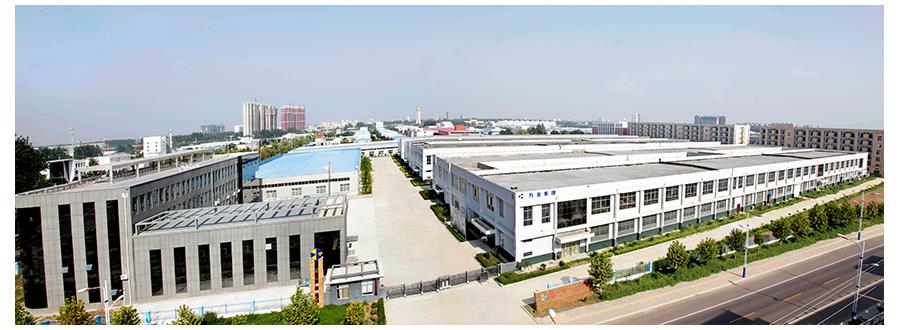Brief Introduction
Since the successful development of PDC composite sheets in the 1980s, PDC bits have been widely used in petroleum drilling and geological exploration in many countries of the world due to their strong drilling performance and good wear resistance, and have achieved very good results. However, how to further improve its technical and economic indicators in drilling engineering is a pressing issue. Prof. Dr. Ckopomhm B.B. of Russia had conducted many years of research on this issue and proposed the concept of steady-state crushing of rock. That is, under the condition that the resultant force R formed by axle load and torque shear force is perpendicular to the cutting surface, the cutting depth is not A type of rock fragmentation formed in time.
In the 1980s, the polycrystalline diamond compact (PDC) was successfully developed. The PDC entered the drilling field and quickly entered the geological drilling project from oil drilling. Since then, the research of composite drill bit (also known as TOC bit) has become more and more mature, and the drilling process is improving day by day, which has attracted the attention of the drilling community. In recent years, geological drilling has gradually replaced the trend of hard alloy bit drilling. Both the development of drill bits and improvements in drilling technology have made great progress [1–6].
The characteristics of composite drill bits are that they are cutting shear type drill bits, they are suitable for a wide range of strata, they have a large cutting edge, they have a low drilling efficiency, they have good impact resistance, they have good wear resistance, and they have a long service life. Good technical and economic indicators, therefore, have been recognized by the international drilling community.
Since PDC (Polycrystalline Diamond Compact, Russia, ATII<Amna3Ho-TBepflocruiaBHajnuiacTHHKa))
Since the successful development of composite sheets, PDC drill bits have been widely used in geological exploration and oil drilling. The drilling practice in Russia shows that in deep drilling, the average penetration rate of PDC bits has reached 35-40 m/h, and the drill footage has reached more than 1000 m. In the Siberian region, 85% to 90% of the industrial drilling workload is using PDC bits. Completed, it has a good application prospects.
In order to better design the arrangement of the cutting tool on the PDC bit to improve its wear resistance and technical and economic indicators, it is necessary to better understand the process of cutting and crushing the rock of this composite piece. The professors from the Drilling Department of the University of Siberian Federal University of Russia proposed the steady-state cutting shearing process and the idea of designing the PDC bit accordingly.
In recent years, thanks to the gradual improvement of materials, people’s increasing understanding of hydraulics, and in-depth study of vibration theory, coupled with new understanding of the cutting tooth technology and lithological matching issues, polycrystalline diamond compacts ( PDC) technology and PDC bit technology have been rapidly developed. The improvement and improvement of powder metallurgy technology has improved the quality of the carcass drill bit; advanced surface hardening technology and unique geometric design have improved the working performance of steel drill bit, and advanced designs such as reducing the number of blades and increasing the blade height have emerged. Through the understanding and understanding of the issue that “drillability is not completely dependent on the hardness of rock”, there is a great leap in technology; breakthroughs in vibration analysis improve the durability and penetration rate of bit; cutting structure and The PDC cutters match the specific drilling environment and lithology, which reduces the cost of drilling; the new design of the PDC bit optimises drilling hydraulics and solves problems such as bit mud packs.
Related Products












